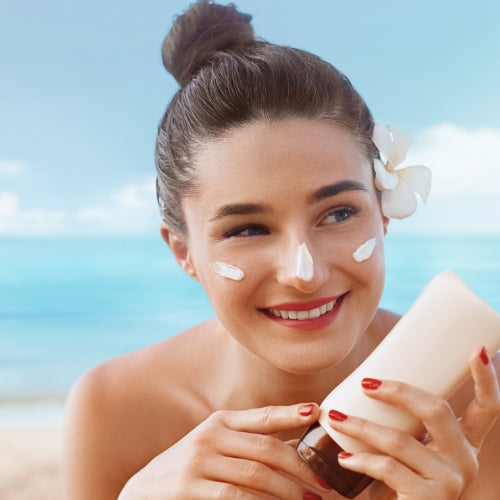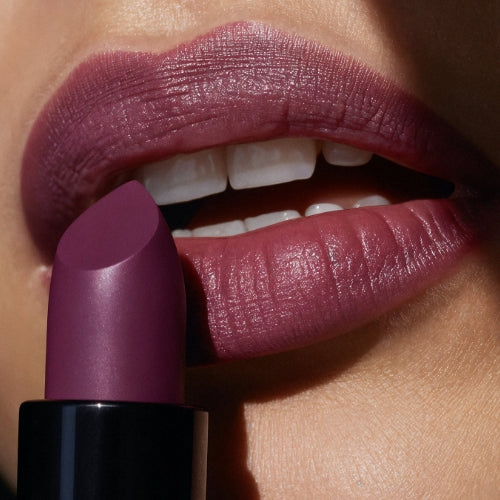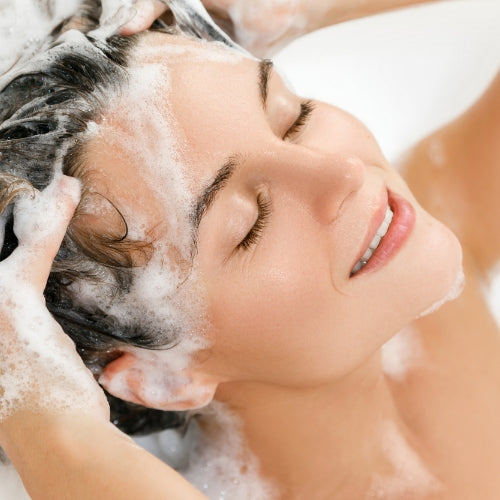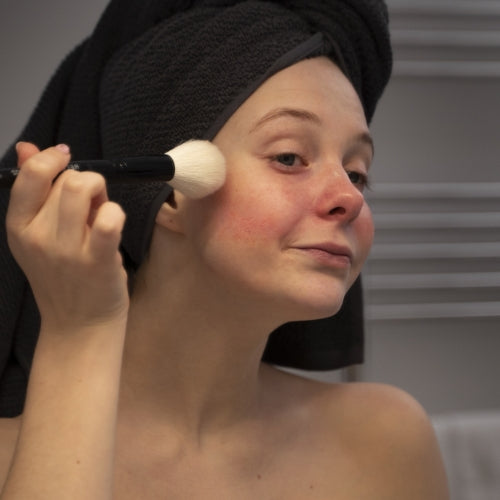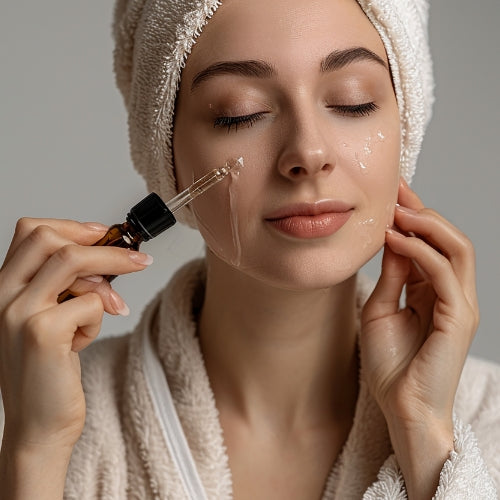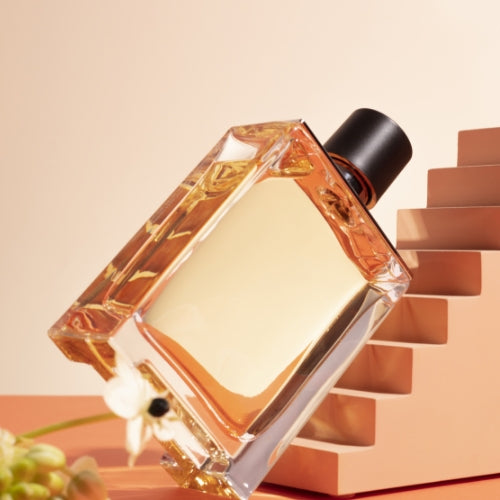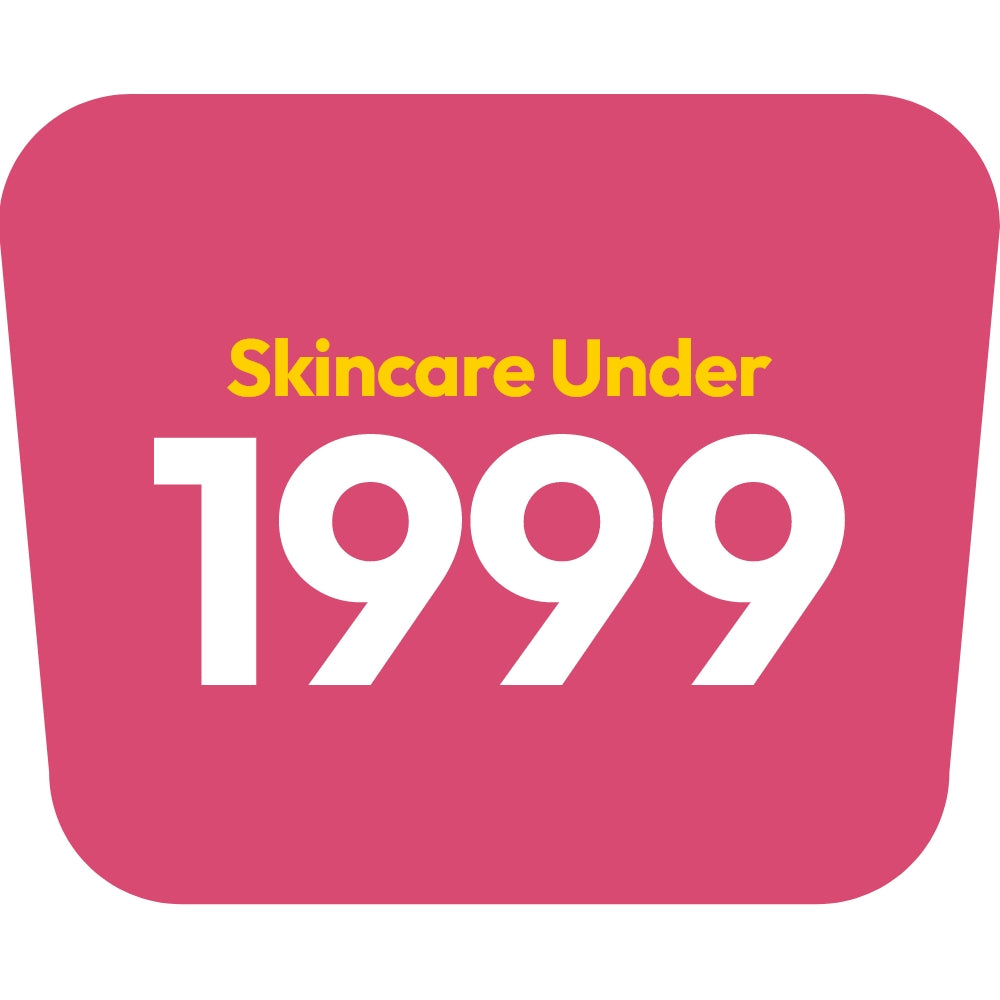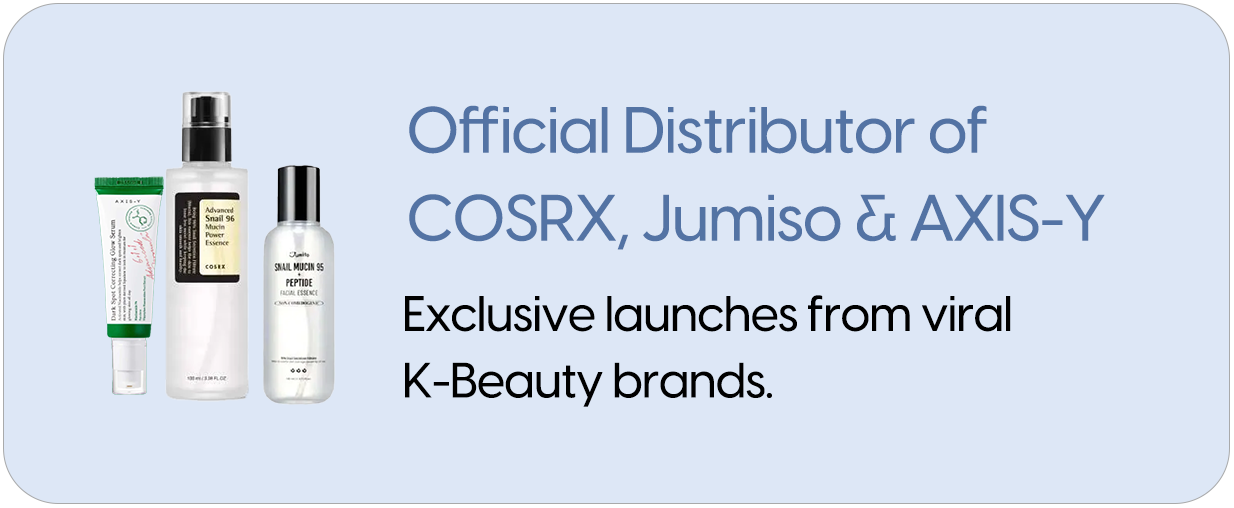
Barrier Repair 101: How to Heal Damaged Skin in Winter
Those cool mornings with the heater warming the room in the corner, no doubt winter can feel cozy and dreamy, but your skin often pays the price. When the air is dry, your skin’s outer layer loses moisture faster. That weakens the skin barrier, so it can no longer hold water or keep irritants out.
The result is that your skin becomes red, tight, flaky, and has a dull finish. The good news is that the skin barrier is strong and, with the right approach, it can repair itself.
This is what we will discuss in this guide. We’ll walk you through what the barrier is, the signs of damage, and a simple, step-by-step skincare routine to restore skin comfort, and the best products to heal damaged skin in winner.
Table of Contents
- Understanding Your Skin Barrier and Why It Gets Damaged in Winter
- Signs Your Skin Barrier Needs Repair
- Step-by-Step Guide to Repair the Damaged Skin Barrier
- Best Products to Heal Damaged Skin in Winter
- Conclusion
- FAQs
Understanding Your Skin Barrier and Why It Gets Damaged in Winter
Think of your skin’s outermost layer, commonly called the skin barrier, as a brick wall. The “bricks” are skin cells; the “mortar” is made of oils and lipids that keep water in and irritants out. In dry weather, that mortar got thin. Indoor heaters, long hot showers, strong cleansers, and over-exfoliation strip away those lipids, which leave gaps in the barrier.
Water evaporates faster when gaps form, and external environmental elements like harsh chemicals, pollution, and fragrances can enter more readily. Because of this, you may notice red spots or flaky textures where you have never seen them before.
The important point is that with gentle care that focuses on restoring lipids and retaining water, the skin barrier can recover; however, this process requires consistency and the avoidance of harsh products during the healing phase.
Signs Your Skin Barrier Needs Repair
Your skin will give you signs when the barriers are failing. Watch out for these factors:
- Persistent dryness even after applying moisturizer.
- The cream sits on the surface but doesn’t fix tightness.
- Sensitivity to products you used fine before.
- Makeup clinging to flaky patches or looking uneven.
- More breakouts or random irritation despite no big routine changes.
- Dull, rough texture that doesn’t respond to exfoliation.
Ignoring them and using even more stronger actives and products usually makes the situation worse. The faster you simplify and support your skin with hydrating and repairing steps, the sooner it returns to normal.
Step-by-Step Guide to Repair the Damaged Skin Barrier
Step 1: Simplify Your Routine
When the skin barrier is weak, stop using strong acids like (AHA/BHAs), retinoids, and alcohol-heavy toners, because they can worsen the damage. Reduce your routine to the essentials like using a gentle cleanser, a hydrating serum or essence, and a barrier-repairing moisturizer. It is also recommended to avoid using new products during that time.
Step 2: Use a Gentle, Non-Stripping Cleanser
Always make sure to use a cleanser that is formulated to clean without removing your skin’s natural oils. Low-pH gel cleansers or creamy, hydrating washes are ideal because they can remove buildup yet leave some lipids intact.
Look for cleansers that mention barrier support or contain ceramides, because they can help prevent further lipid loss. And always make sure to wash with lukewarm water and be gentle, no rubbing.
Step 3: Layer Hydration Smartly
Use a serum containing humectants like hyaluronic acid or calming ingredients like niacinamide or propolis to seal in the moisture you've added to your skin with a light, hydrating toner or essence.
It is also a tried and tested formula that small, repeated layers can absorb products better than one thick application. Additionally, applying serums and toners to slightly damp skin improves penetration and helps lock water into the skin.
Step 4: Lock Everything with a Barrier-Repairing Moisturizer
Locking everything is the final and crucial phase. Use a moisturizer with ceramides, cholesterol, fatty acids, or dimethicone inside. In short, ingredients that can rebuild the “mortar” and form a light seal to prevent water loss.
Always make sure to apply your moisturizer on damp skin within 30-60 seconds of cleansing/serum so it traps the hydration you just added. For very dry or rough patches, applying a thicker cream or a small amount of a petrolatum-based product at night can help speed up the repair process.
Step 5: Protect the Barrier from UV and the Environment
Repairing the skin barrier doesn’t stop you from adding protection. UV rays and pollution continue to stress the skin and can affect the healing process. That’s why it's always recommended to use a broad-spectrum SPF 30–50 daily, even on cloudy days or if you’re mostly indoors near windows. Also, reduce direct exposure to harsh winds and, when possible.
Best Products to Heal Damaged Skin in Winter
CeraVe Moisturizing Cream For Normal To Dry Skin
CeraVe Moisturizing Cream is everyone’s favorite winter product for a reason. This moisturizing cream can rebuild the skin’s protective “mortar” while delivering long-lasting hydration. The ceramides restore the lipids the barrier needs, while hyaluronic acid can pull water into the skin so it feels plumper.
Try using it on damp skin after cleansing to lock in moisture, because it soothes rough patches and can also help prevent new flaking. For face and body, it’s a reliable and non-irritating way to prevent moisture loss and accelerate barrier recovery.
CeraVe Acne Foaming Cream Cleanser
If you’re targeting breakouts while the weather is dry, then you should try CeraVe Acne Foaming Cream Cleanser, which is ideal to clean and treat your skin without wrecking the barrier. It's 4% benzoyl peroxide can effectively target acne-causing bacteria, while the ceramide can help replace lost lipids.
The result is that you can get clearer skin that isn’t left tight or raw after washing. For winter use, it’s gentle enough to reduce breakouts and firm up the barrier.
COSRX Low PH Good Morning Gel Cleanser
COSRX Low pH Good Morning Gel Cleanser is ideal for mornings when your skin needs a balanced reset. It's mildly acidic pH supports the skin’s natural chemistry, so cleansing doesn’t create new weakness in the skin barrier.
It removes excess sebum and surface impurities without stripping, making sure that your skin is ready to absorb hydration. For barrier repair, a low-pH cleanser like this can keep the surface calm and stable, which can make serums and moisturizers to be more effective throughout the day.
Beauty of Joseon Glow Serum Propolis + Niacinamide
Beauty of Joseon Glow Serum combines soothing propolis and niacinamide to calm inflammation while improving skin tone and texture, exactly what a weakened skin barrier needs. Propolis provides gentle hydration and antioxidant support, while niacinamide inside can help rebuild lipids and reduce redness.
This lightweight, honey-like texture can layer easily under different creams, which can help restore balance without making you feel heavy. You can use it to soothe irritation, reinforce the barrier, and bring back a healthy glow to your skin.
Anua Heartleaf Silky Moisture Sun Cream SPF 50+ PA+++
Anua Heartleaf Silky Moisture Sun Cream SPF 50+ PA+++ can give your skin a much-needed protection and care in one step. Its high SPF shields the barrier from UVA/UVB rays, which can slow healing and drive moisture loss.
The texture is comfortable under makeup and won’t disturb your repair routine either, so that you can ideally use it daily. In short, it prevents further barrier damage and keeps skin hydrated and calm in winter.
Conclusion
The skin barrier is your first line of defense, and winter’s dry air tests it the most. With a gentle routine and careful precautions, the skin barrier can fully recover. Use products that soothe and rebuild rather than products that can strip it. Keep your skincare routines simple, and give your skin time to heal properly. Your skin just needs a little patience, the right ingredients, and daily care, which can restore comfort this winter.
FAQs
Q1: What damages the skin barrier the most in winter?
Ideally, dry air, indoor heating, hot showers, and harsh cleansers can be the most damaging to your skin barrier.
Q2: How long does it take to repair a damaged skin barrier?
With consistent care, you can usually expect to see improvement within 2-5 weeks.
Q3: Can oily skin also have a damaged barrier?
Yes, oiliness doesn’t equal hydration. A weak barrier can coexist with excess oil production and does require gentle care.
Q4: Should I exfoliate while repairing my barrier?
Avoid using strong exfoliation during repair. If you must, use very gentle options and wait until the skin calms.



